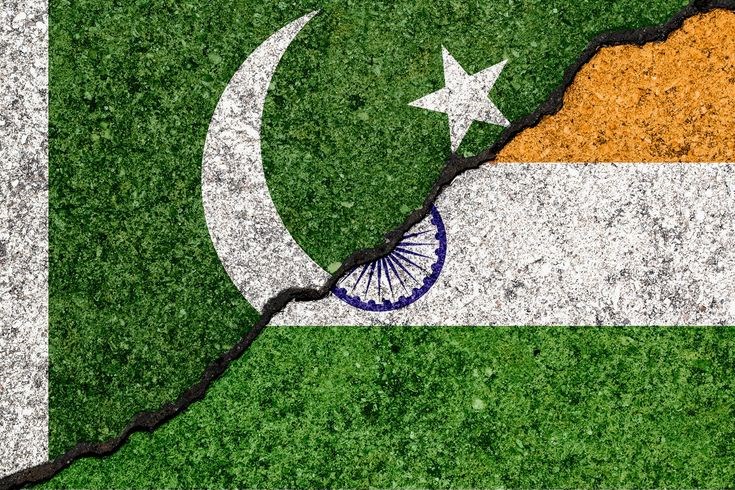Search here

26-Jul-2025 , Updated on 7/27/2025 10:49:26 PM
Partition of India: Causes and Effects
British Divide-and-Rule Policies
The partition was caused by the use of divide and rule tactics which the British colonial government systematically used to ensure domestic stability in India. Colonialists were afraid of their power as communal and religious divisions were promoted by them. The most important ones were creating separate electorates, the political institutionalization of Hindu Muslim differences taking place with the Morley-Minto Reforms (1909). Uneven concession and patronage were strategically given to the various groups of people and this was developing a high level of mutual suspicion and competition. The colonial state kept reinforcing religious identities at the expense of shared interests as after the 1937 provincial elections communal tensions have become intense. This engineered division caused great hostility and the end result of imperial policy was the division of India on religious ground and this was a planned legacy by the colonialists and this legacy bore itself at the gateway of Partition.
Escalating Hindu-Muslim Communal Tensions
Modern day Hindu-Muslim conflicts are purely based on the Partition of India in 1947. The result of this bloody split was huge trauma, forced migration, and deep suspicion of each other as its hallmarks. Partition divided people and created new states on the grounds of religion which in turn left the people with deep embedded fears and unresolved land issues. Its legacy is a matter of escalations that are happening today. The tensions that occur now frequently take the form of majoritarian claims and minority fears which continue to trigger cycles of violence engendered by Partition that are based on identity. The incident forms one of the leading indicators on the same case of communal conflict in the region ever since.
Political Failure of United India
The India Partition was the absolute expression of political inability to hold the united subcontinent. This is due to the fact that this failure was based on the reality that the political leadership and structures could not manage to put together profound communal differences. Any negotiations between the Indian national congress and the Muslim league were ineffective in formulating a power-sharing system that can be befitting to both the two major communities in a single state. This led to a political stalemate and the British government had no option other than to introduce partition in 1947. Directly resulting from this political failure was the violently created two dominions as a catastrophic step toward the collapse of political foresight and accommodation.
Mass Displacement and Refugee Crisis
With the Partition of India in 1947, one of the largest mass displacements in history was caused, and an immediate and huge refugee crisis was generated. Violence in the name of religion and the overnight establishment of new borders violently pushed around 15 million of Hindu, Sikhs and Muslims creating the demand to cross international lines. Such mass movement led to unprecedented humanitarian endurance: there were mass killings, planned rape, and desertion of land and homes. Refugee camps started to pile up whilst infrastructure failed to be able to take the load. The demographies of India and Pakistan were irreversibly changed after the crisis, leaving both states with both the weight of huge resettlement processes, as well as the communal tensions run deep, as the evidence shows the human toll of forced migration on such a scale.
Enduring Legacy of Partition Violence
The events of the 1947 Partition of India emerged through a set of rising religious nationalism and an increasingly frantic British departure, and it left a trail of unparalleled violence that still persists to this day. The communal riots led to loss of a million people and displacement of more than 15 million people. That trauma was the core of national identity and development myths in India and Pakistan and stained the two nations by mutual suspicion. Kashmir controversy is one of the remaining hot areas. These psychological residues of displacement, loss, and observed brutality take place across generations in the affected communities and affect the social political dispositions and community relations. The boundaries fixed through violence of partition have been entrenched hence affecting the subcontinent up to date.

Content Writer
Hi, I’m Meet Patel, a B.Com graduate and passionate content writer skilled in crafting engaging, impactful content for blogs, social media, and marketing.
Join Our Newsletter
Subscribe to our newsletter to receive emails about new views posts, releases and updates.
Copyright 2010 - 2025 MindStick Software Pvt. Ltd. All Rights Reserved Privacy Policy | Terms & Conditions | Cookie Policy